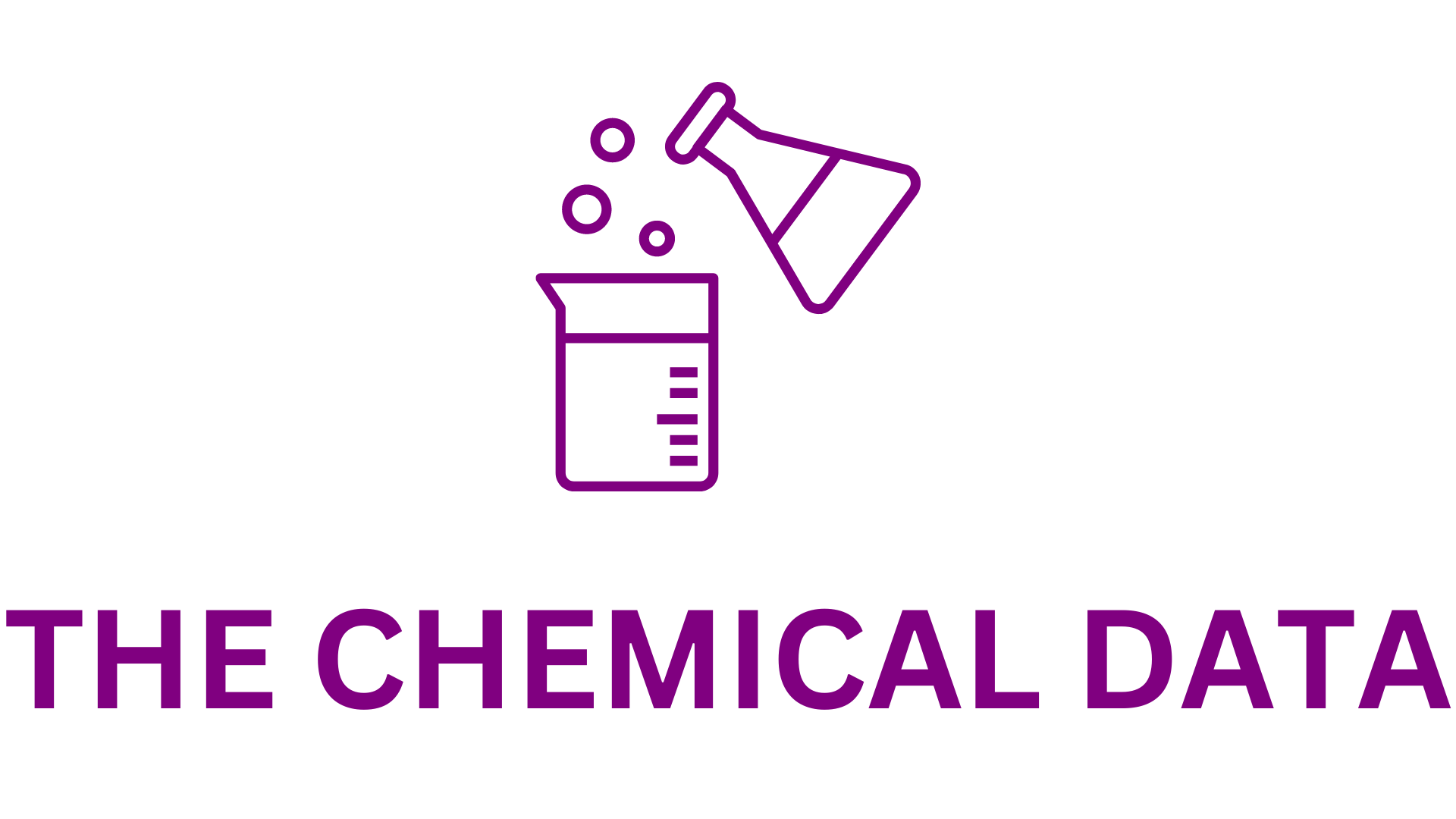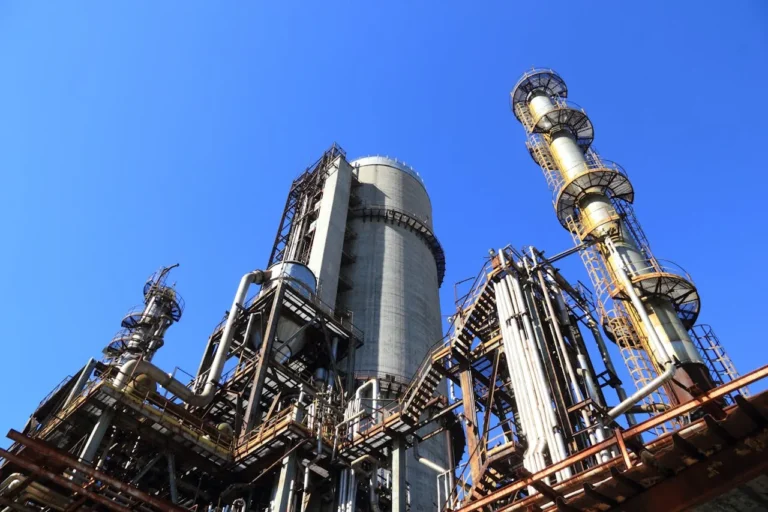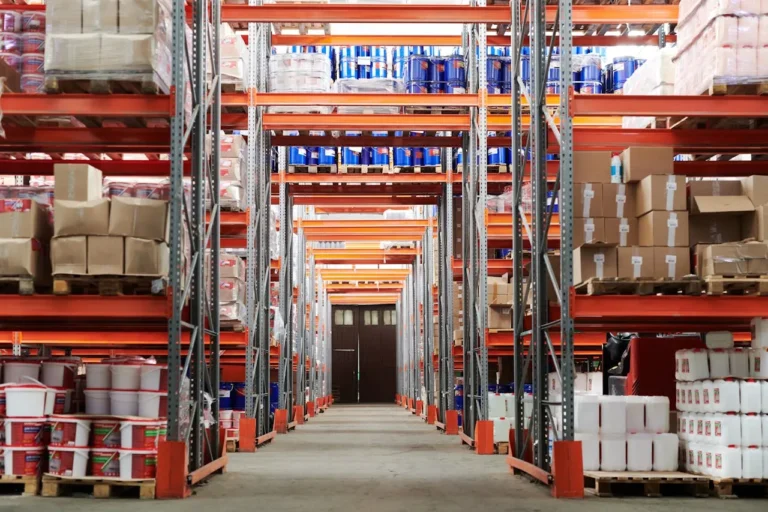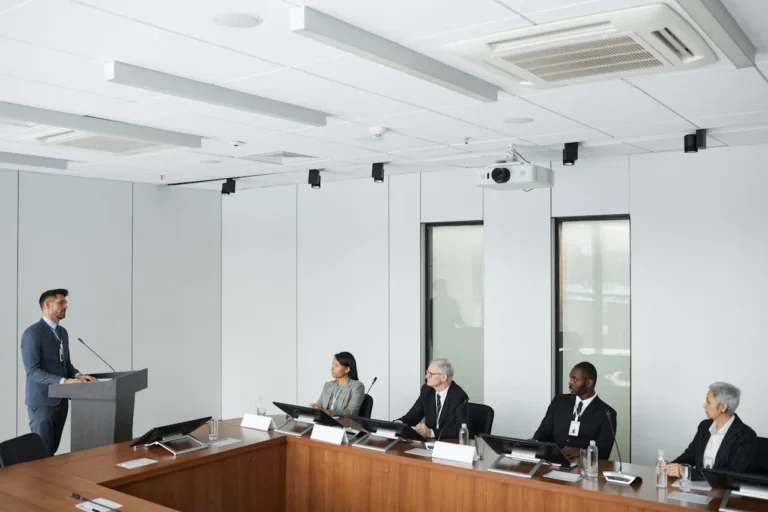
Green Chemistry for Life Grant Recipients Showcase Groundbreaking Research at IUPAC 2025 Congress
Young scientists awarded research grants through the Green Chemistry for Life programme—a collaboration between PhosAgro, UNESCO, and IUPAC—presented their research progress and results at the IUPAC 2025 World Chemistry Congress held in Kuala Lumpur. This prestigious event marked the 50th anniversary of the Congress, themed “Chemistry for a Sustainable Future”, and was organized by the Malaysian Institute of Chemistry with PhosAgro as the general partner. Over 3,000 delegates from around the globe gathered to explore scientific advancements aimed at promoting sustainability.
During the Congress, PhosAgro, UNESCO, and IUPAC hosted an international symposium titled “Green Chemistry: Experience and Opportunities for Cooperation for a Sustainable Future”. The event united eminent scientists, industry experts, government representatives, and international institutions to highlight the global impact of green chemistry and explore avenues for enhanced collaboration.
A key highlight of the symposium was the presentation of outcomes from the Green Chemistry for Life grant programme, a major initiative supporting young researchers committed to developing sustainable solutions through chemistry. Since its inception, the programme has received more than 1,000 proposals across eight grant cycles, awarding grants to 55 researchers from 33 countries spanning Asia, Africa, Europe, North and Latin America, and the Middle East.
Empowering the Next Generation of Scientists
UNESCO Assistant Director-General for Natural Sciences, Lidia Brito, emphasized the transformative role of the programme in supporting emerging scientists:
Our PhosAgro–UNESCO–IUPAC partnership, through the Green Chemistry for Life programme, supports young scientists from all around the world by awarding grants of up to USD 30,000 to researchers working in the field of green chemistry.
The founder of the green chemistry concept, Professor Paul Anastas, echoed the sentiment, praising the collaboration as a model of effective partnership:
There’s great collaboration that has taken place [thanks to the programme]. It has energized and accelerated the goal of how we use the best science, including from the youngest and most creative minds, to turn ideas into real-world impact.
PhosAgro’s First Deputy CEO, Siroj Loikov, highlighted the company’s dedication to sustainability and long-term societal benefit:
As one of the world’s leading fertilizer producers, we recognize our responsibility to future generations. Business has a key role to play in ensuring sustainable development. We are grateful to our long-standing partners, UNESCO and IUPAC, for supporting the idea of launching this grant programme in green chemistry. Today, it stands as a symbol of progress and shared success.
Real-World Impact from Research
The symposium also included a dedicated session where grant recipients shared personal reflections and scientific achievements made possible through the programme. The event served not only as a scientific forum but also as a community-building opportunity for young researchers.
Dr. Hamdy Hefny, a 2019 grant recipient from Egypt’s Central Metallurgical Research and Development Institute, showcased results from his work on reusing phosphogypsum, an industrial by-product, to recover rare earth elements.
We have achieved promising results, particularly in recovering rare earth elements using ion exchange resins derived from phosphogypsum,” he said. “Our laboratory research is complete, and we’ve attracted industrial interest from Phosphate Misr, which is building a new phosphoric acid plant. With production starting soon, we’ll move to the industrial implementation phase.
Dr. Hefny added that the grant allowed him to move beyond theoretical research and apply his findings in practice:
This grant was very important because young researchers in their early careers truly need financial support. It enabled me to implement my developments under real-world conditions and work toward a better future.
Dr. Mohamad Azuwa Mohamed, a 2021 recipient from the National University of Malaysia, is also exploring new uses for phosphogypsum. His research focuses on converting the waste material into functional photocatalysts for environmental applications.
We have successfully demonstrated the concept at the lab scale and are now working to scale it up. Beyond photocatalysis, we’re exploring its potential as an adsorbent in wastewater treatment and as a tool for extracting non-radioactive rare earth elements,he said.
He believes this research could advance the circular economy and significantly reduce industrial waste.
Broadening Scientific Horizons
Bogdan Karlinsky, a 2024 recipient from Tula State University in Russia, shared how the grant allowed him to shift his research toward more applied biotechnology. His project aims to biotechnologically process toxic by-products generated during biomass pretreatment, which can harm microbial efficiency in biofuel production.
By adding our proposed microorganisms to conventional bioethanol or biohydrogen-producing bacteria, we can reduce toxicants and improve biofuel yield. Once complete, this research could provide unique value for clean-fuel industries.
He expressed gratitude for the opportunity to collaborate on a global level:
Thanks to this programme, I can now work at the forefront of science and expand my research through international cooperation.
From Pakistan, Hassan Anwar, another 2024 recipient from the National University of Sciences and Technology, discussed progress on his development of slow-release fertilizers. These innovations enhance water use efficiency and nutrient uptake in plants while reducing greenhouse gas emissions.
Such fertilizers are crucial for areas affected by water scarcity and help lower the agricultural carbon footprint. This project offers real potential to improve food security, environmental quality, and overall sustainability.
Leadership Reflections
Professor Natalia Tarasova, a member of the Green Chemistry for Life scientific jury and former IUPAC President, praised the programme’s global reach and scientific impact:
Today’s session showed that the launch of this programme was absolutely the right decision. The range of issues addressed—from waste management to clean water, public health, and food production—demonstrates green chemistry’s relevance in solving real-world problems.
She underscored the importance of involving chemists in sustainability and highlighted the potential of the programme to evolve further:
Green chemistry has shown that nations across Latin America, Africa, and Europe can develop local solutions to global challenges. I am confident in the programme’s bright future, particularly through its educational and technological contributions.







